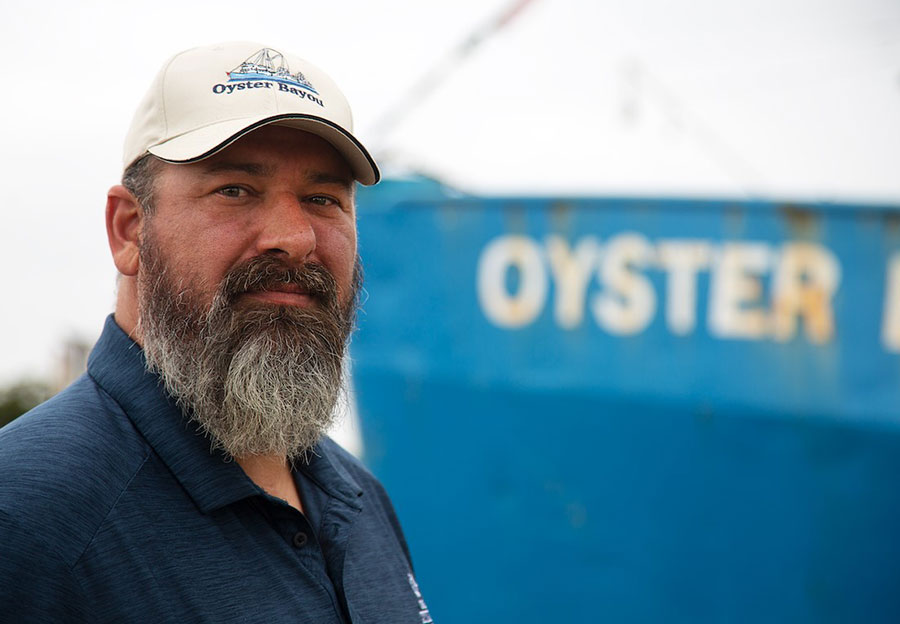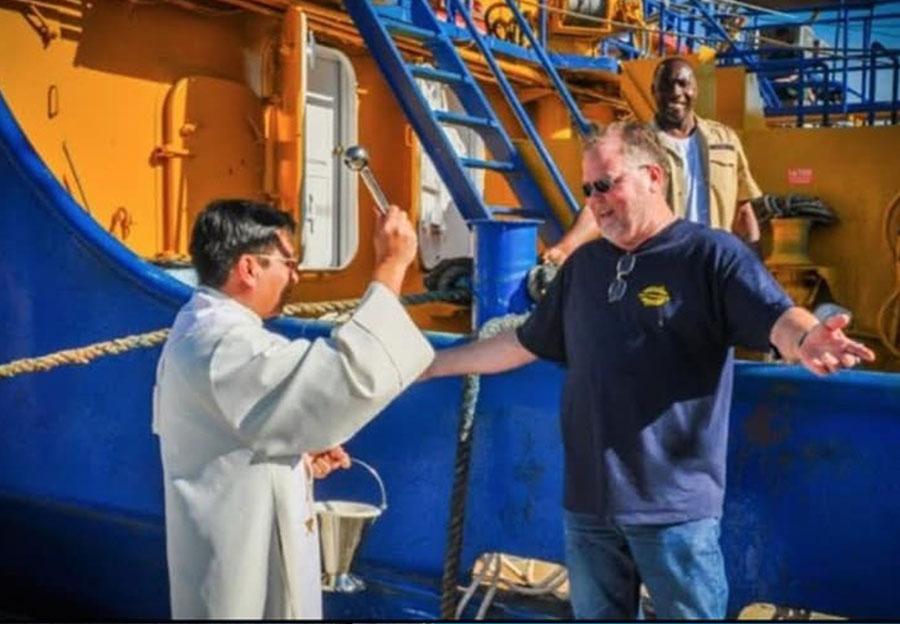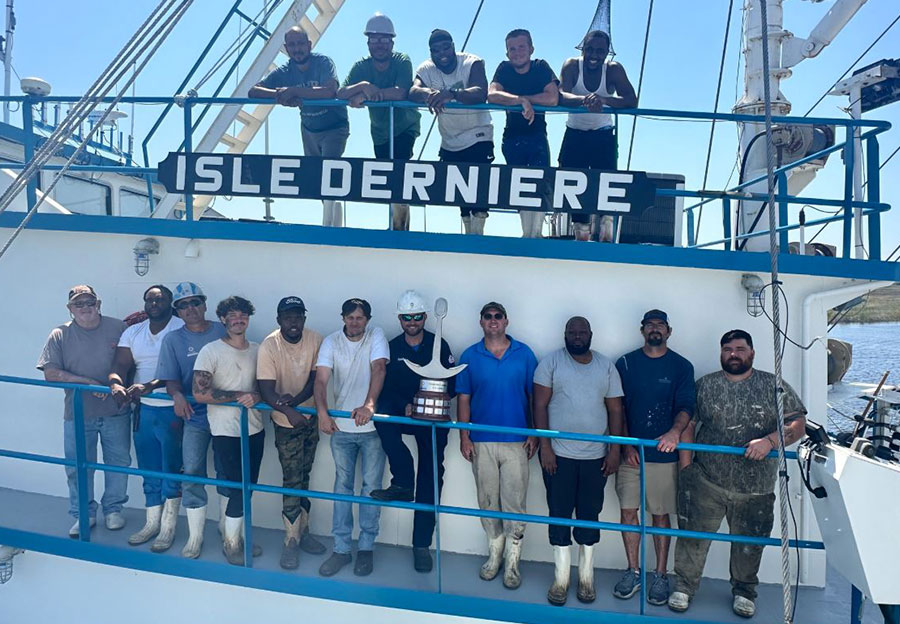


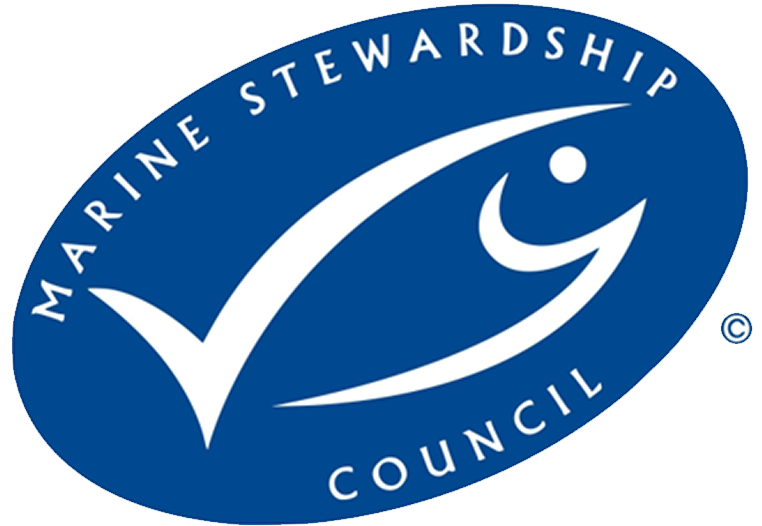
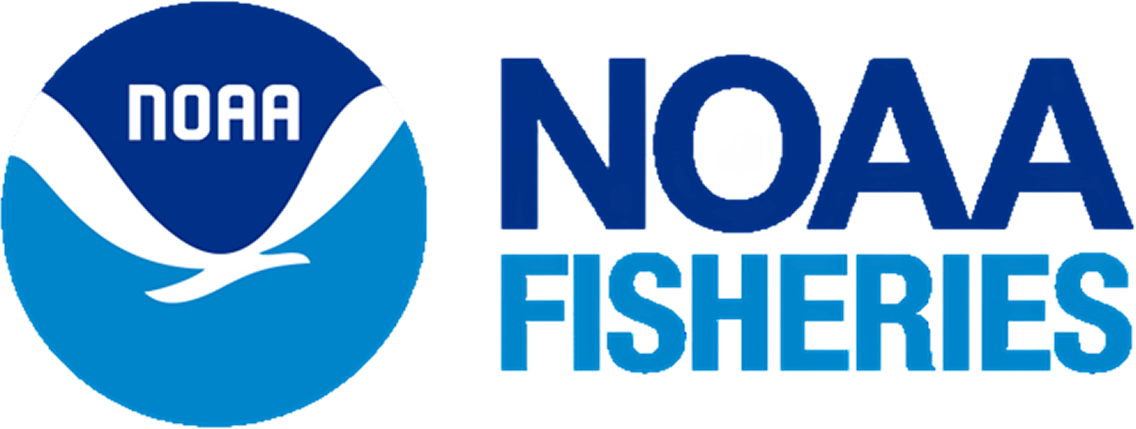
Louisiana’s menhaden industry supports more than 2,000 jobs, drives $419 million in annual economic impact, and generates $25 million in state and local tax revenue. The industry also purchases $62 million in goods and services from Louisiana businesses across 32 parishes. From catching to processing to packaging, Louisiana families depend on this fishery for their livelihoods.
Click here to see an economic study funded by the Science Center for Marine Fisheries, National Science Foundation.
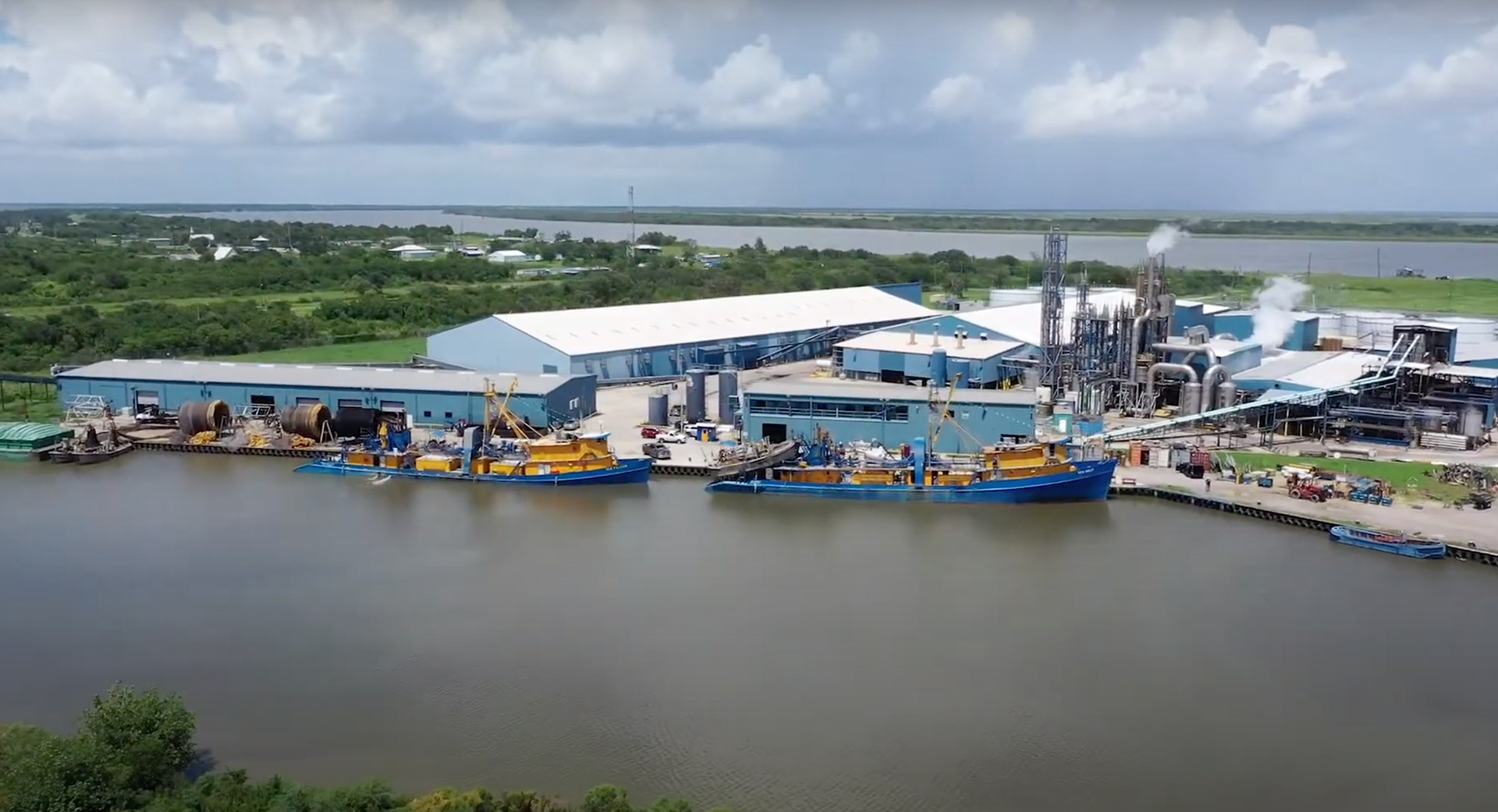
800 direct, 1,200 indirect
Annual economic impact
State and local tax revenue
In goods and services purchased from Louisiana businesses across 32 parishes
At issue: A powerful out-of-state special interest group, aligned with segments of Louisiana's recreational and charter fishing sectors, is waging a misinformation campaign to push the state’s menhaden industry farther offshore — threatening its very survival and the jobs that will disappear with it. With no credible science to stand on, this group has falsely blamed commercial menhaden harvests for declines in prized game fish like red drum. The facts tell a different story.
This fight isn’t about conservation — it’s about control of Louisiana’s coastal waters. These false narratives put at risk good-paying Louisiana jobs, the future of working waterfront communities, and one of the most sustainable fisheries on the planet.
Percentage of Louisiana’s Red Drum Caught
Despite claims from advocacy groups, the science is clear: Louisiana’s menhaden industry is NOT driving red drum declines. A landmark, $1 million state-funded bycatch study found the menhaden industry accounts for just 3.4% of red drum removals, while recreational fishermen are responsible for 96.6%. This finding confirms that the menhaden fishery is fully compliant with Louisiana Law, which limits the industry's total bycatch to no more than 5%.
Meanwhile, the Louisiana Wildlife and Fisheries Commission has implemented catch limits on red drum because the species is experiencing overfishing. Of note, there were 407,000 licensed saltwater fishermen on Louisiana’s coastal waters in 2023-24 according to the Louisiana Department of Wildlife and Fisheries.
The menhaden industry is committed to being part of the solution and is leading with action. In partnership with scientists, it has invested in innovative hose-end cage technology that reduces red drum mortality by 24%. Furthermore, the bycatch study shows that 84% of red drum caught are safely released by being rolled out of the net, dispelling assumptions that they all died.
Through gear improvements, careful handling practices, and ongoing collaboration with fisheries experts, the menhaden industry continues to pioneer practical, science-based measures to minimize bycatch and protect Louisiana’s marine ecosystem—proving that innovation and conservation can go hand in hand.
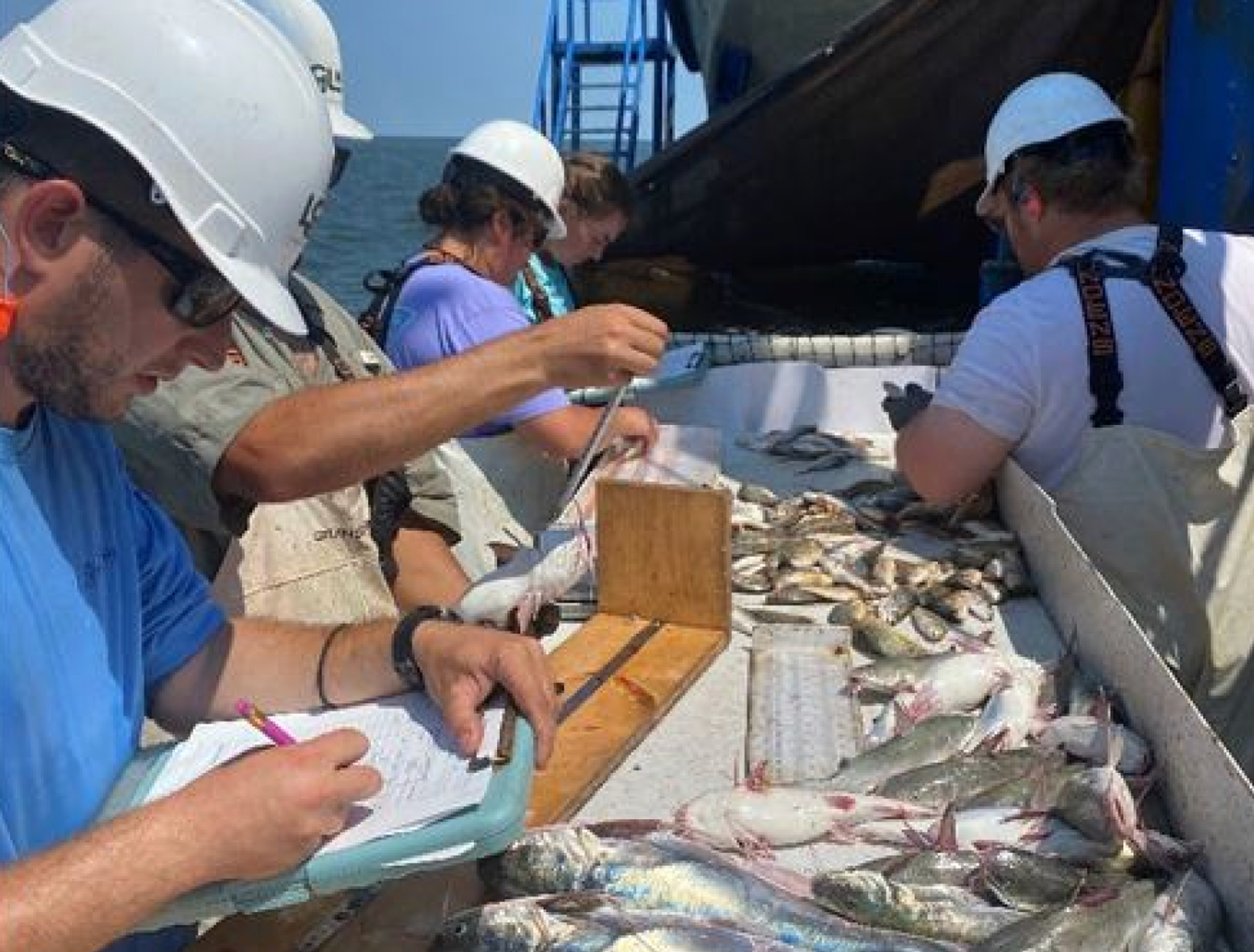
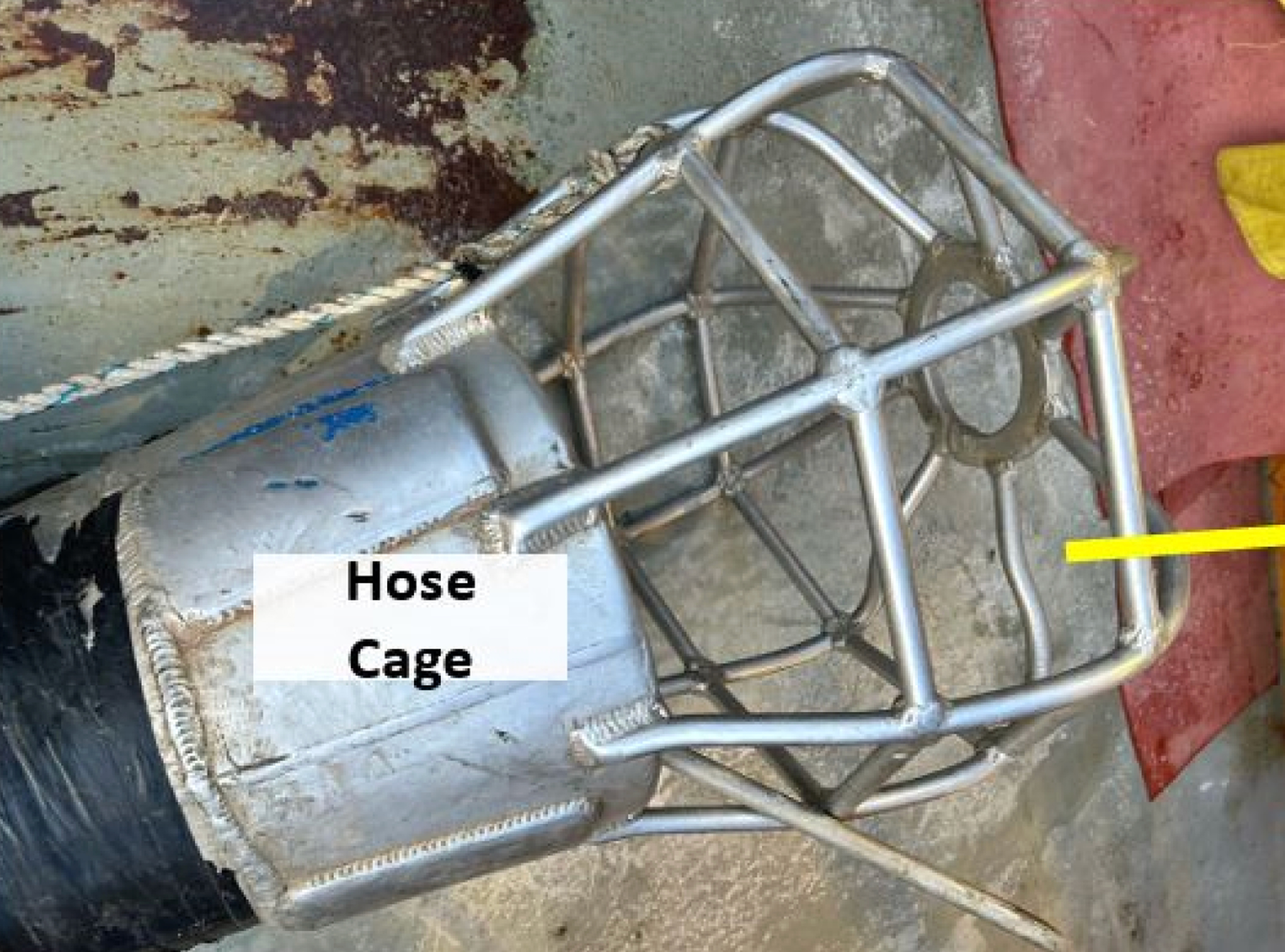
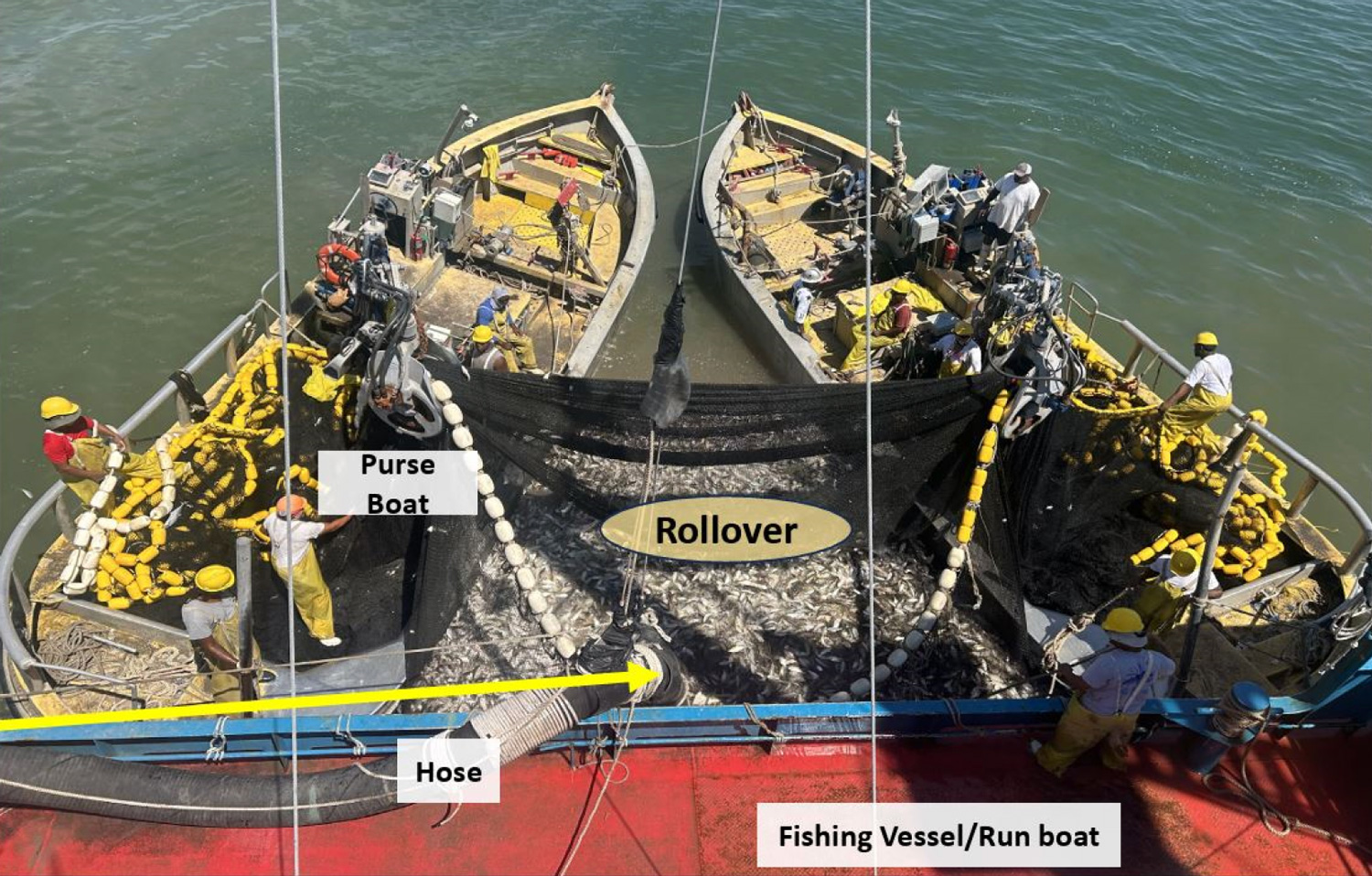
Menhaden Industry catches 22,000
Red Drum

That’s only 3.4% of red drum removals. State law limits it to 5%.
Menhaden Industry catches 240,000 Speckled Trout

That’s just 2.7% of total speckled trout by weight. Recreational catch 2.8 million trout.
Menhaden Industry catches 80 million Croaker

Species is abundant, showing no signs of unsustainable declines.
Menhaden Industry catches 24 million
Sand Trout

That’s less than 1% of annual landings.


“We looked at some 30-plus predator species, many of them exceptionally well-studied. We did not find any single species where we would say Gulf menhaden was the most important fish in their diet.”
Dr. Robert Leaf, one of the authors of the study and Director of the School of Ocean Science and Engineering at the University of Southern Mississippi.
For years, critics claimed Gulf sportfish like red drum and spotted seatrout depended on menhaden — justifying tighter harvest limits. This new study examined more than 30 predator species with decades of stomach content data and cutting-edge stable isotope analysis, and tells a different story: no predator relies on menhaden as its primary food source. Diets are diverse and opportunistic, with crabs, shrimp, anchovies, and croaker often playing a larger role. This science dismantles the “keystone prey” argument and shows that the Gulf food web is complex, resilient, and thriving — regulations should reflect facts, not outdated, unsubstantiated talking points.
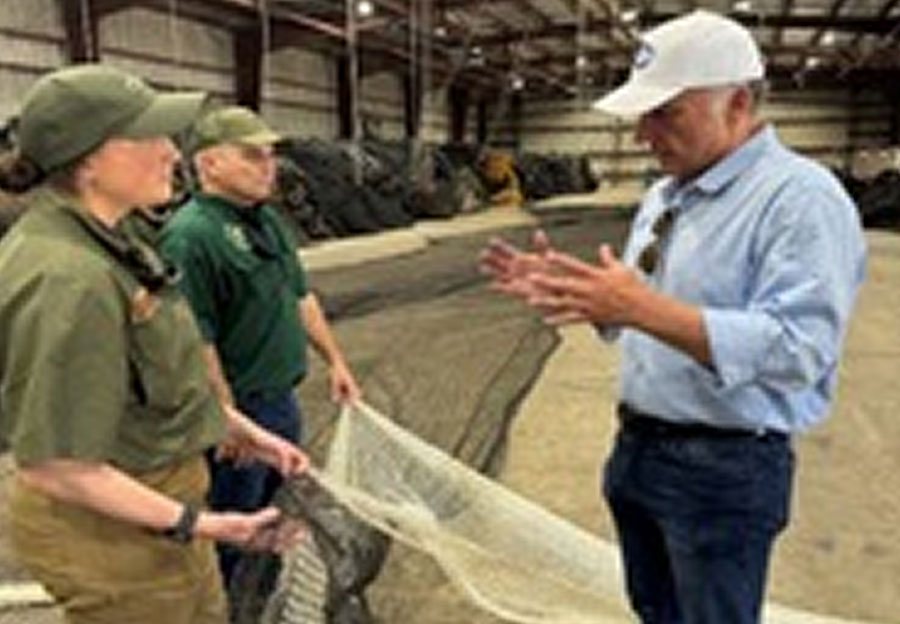
LDWF Sec. Madison Sheahan inspecting new nets.
Proven Track Record: Across 65,000 sets (2019-2023), traditional nylon nets saw only a 0.067% tear rate.
Industry-Wide Investment: Since 2023, Louisiana's menhaden fleet has invested $6.5 million in next-generation Spectra/Plateena nets.
Stronger Nets, Zero Spills: Spectra/Plateena nets are 10x stronger than nylon. After 15,000 fishing sets (through 2024), there have been zero net tears.
The Takeaway: Investment in innovation— not buffer zones — is what truly reduces spills and strengthens sustainability.
Fishing Sets (2019-2023)
using traditional nylon nets

Net Tears
Incident rate: 0.067%
Fishing Sets (through 2024)
using next-generation Spectra/Plateena nets

Net Tears
100% Tear-Free Performance
Louisiana's menhaden industry is powered by two companies – Westbank Fishing out of Empire, LA (Plaquemines Parish) and Ocean Harvesters out of Abbeville, LA (Vermilion Parish). Contrary to misinformation that has spread, both these companies are U.S.-based, U.S.-owned, and are totally controlled by U.S. citizens.
Together with the two processing companies (Daybrook Fisheries and Omega Protein), they support over 2,000 direct and indirect jobs in coastal communities, while also purchasing more than $62 million in goods and services from businesses across 32 Louisiana parishes.
From shipyards and fuel suppliers to feed mills and local contractors, the fishery drives economic activity far beyond Plaquemines and Vermilion parishes, showing how American jobs and American values can support families and strengthen communities across the state.
The fish and fish oil products they produce are essential ingredients in U.S. pet food, livestock and aquaculture feed, and nutritional supplements — helping feed families and fuel American industries—and it is vital that Louisiana continue to play a central role in feeding and supplying the nation.

800 direct jobs, 1,200 indirect jobs
Economic output
Louisiana's Menhaden Industry Economic Impact
Extends Beyond the Coast

Goods and Services Purchased by Industry
Louisiana Menhaden Products Feed Farms, Families & Futures:

Fish Oil & Fishmeal

Pet Food
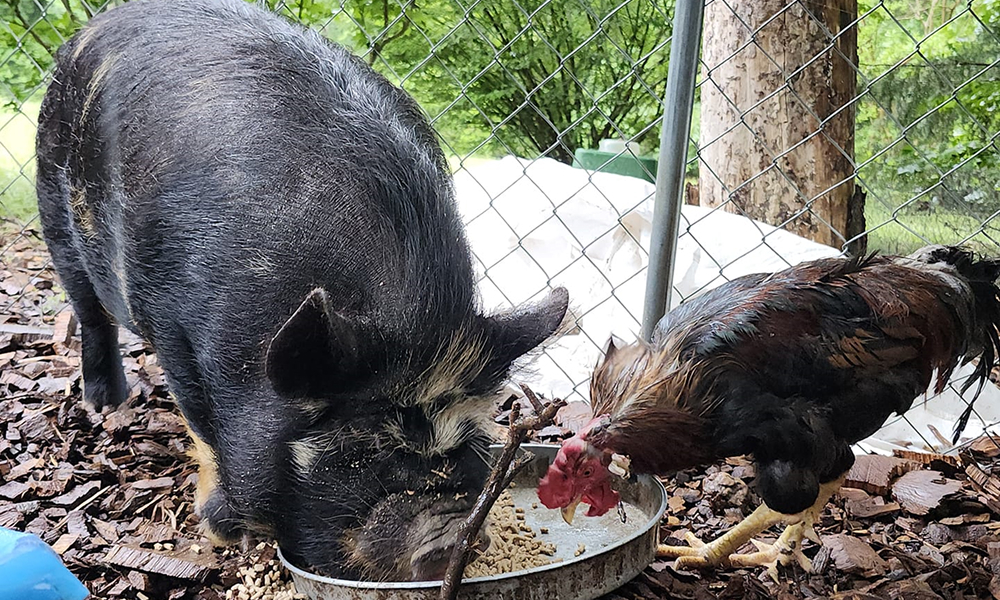
Animal Feed

Aquaculture
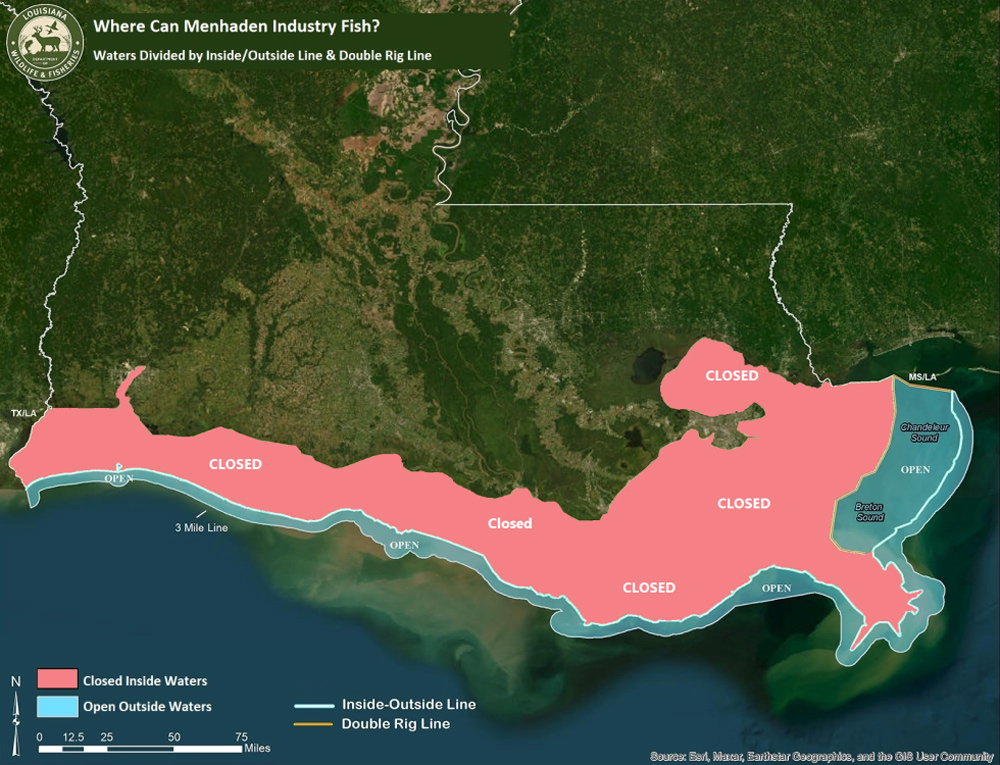
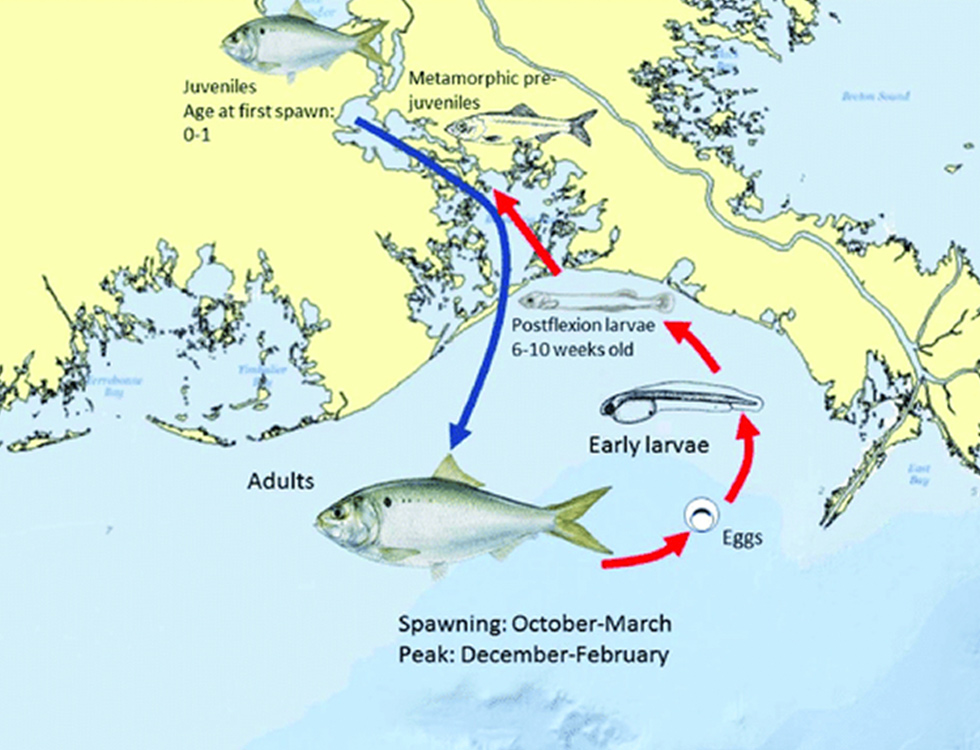
In 2024, Louisiana doubled the menhaden fishing buffer zone — despite no scientific evidence that the existing limits harmed red drum or other sportfish. The result? Lost harvest, lost income, and lost opportunities for working families. This was a political concession, not a conservation necessity.
Shrimp Inside/Outside Line & Double Rig Line
had been long-time established coastal boundary for Louisiana's commercial fishing industries
LWFC expands boundary with additional
1/4-mile buffer zone → 5% harvest loss
LWFC expands again with
1/2-mile buffer zone → additional 20% harvest loss
Pre-2021
(Shrimp Inside/Outside & Double Rig Line )
2021
(1/4-mile Buffer Zone)
2024
(1/2-mile Buffer Zone)
The Cost of Politics Over Science
In 2021, the Louisiana Wildlife and Fisheries Commission (LWFC) imposed a quarter-mile buffer zone from the established Inside/Outside Line and Double Rig Line — already a significant distance offshore. Though modest in appearance, this buffer zone extension reduced menhaden landings by 5%.
But in 2024, the LWFC doubled the buffer to a half-mile. This decision was not based on ecological need, but on political pressure. The result: another 20% decline in landings.
A 25% reduction in Louisiana’s menhaden harvest is unsustainable.
Real Impacts on Coastal Communities
These are not abstract numbers. Every lost percentage point means lower paychecks for boat crews, welders, net makers, processors, and the coastal businesses that depend on steady landings.
In places like Plaquemines and Vermilion Parishes, where fishing is one of the few reliable paths to a living wage, these cuts ripple outward — hitting schools, churches, and small businesses just as hard as they hit boats.
Fair Rules for All on the Water
Science-based resource management only works if all fishing sectors are held accountable. Louisiana's menhaden fleets rigorously report every catch, adhere to bycatch limits, and follow state oversight. Meanwhile, recreational practices like bowfishing are largely unregulated, leaving large gaps in data. Louisiana’s working families bear the consequences when rules aren’t applied evenly.
Louisiana can have thriving sportfish, a sustainable menhaden fishery, and strong coastal communities — all at once. Politics shouldn’t push working families off the map. The industry is sustainable, bycatch is minimal, and the ecosystem remains healthy. It’s time to restore fairness, reverse the 1/2-mile expansion, and move forward together.
407,000 untracked saltwater fishermen vs. 27 regulated vessels
— fairness requires consistent accountability.
The Louisiana menhaden industry asked the same scientists who led the State’s $1 million bycatch study to analyze depth restrictions. They found that cutting incidental red drum bycatch by just 25% — from 22,000 to 16,500 fish — would force Louisiana to give up nearly 80% of its menhaden harvest. That’s not science-based resource management. That’s a shutdown.
Louisiana can have it all — a sustainable menhaden fishery, healthy sportfish, and thriving coastal communities. Louisiana's menhaden industry is sustainable and committed to innovation, bycatch is minimal, and the ecosystem remains healthy. Politics shouldn’t push Louisiana's menhaden industry off the map.
Louisiana cannot afford to jeopardize one of its most sustainable and economically vital industries on the basis of perception rather than evidence.
For the thousands of Louisiana workers, families, and communities who depend on this fishery, the stakes could not be higher. Menhaden has always been a resource that feeds people, pets, and economies. With the right policies in place, it can continue to do so for generations to come.
It’s time to restore fairness — reconsider the half-mile coastal buffer zone expansion, and move Louisiana's coastal fishing industries forward before it's too late.
